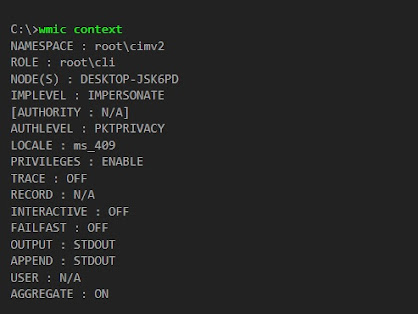Capability Maturity Model Integration (CMMI), Part - 1
What is CMM ?
- CMM stands for Capability Maturity Model.
- Focuses on elements of
essential practices and processes from various bodies of knowledge.
- Describes common sense,
efficient, proven ways of doing business (which you should already be
doing) - not a radical new approach.
- CMM is a method to evaluate and
measure the maturity of the software development process of an
organizations.
- CMM measures the maturity of
the software development process on a scale of 1 to 5.
- CMM v1.0 was developed by the
Software Engineering Institute (SEI) at Carnegie Mellon University in
Pittsburgh, USA.
- CMM was originally developed
for Software Development and Maintenance but later it was developed for :
- Systems Engineering
- Supplier Sourcing
- Integrated Product and Process
Development
- People CMM
- Software Acquisition
- Others...
CMM Examples:
- People CMM: Develop, motivate
and retain project talent.
- Software CMM: Enhance a software focused development and maintenance capability.
What is Maturity ?
Definitions vary but
mature processes are generally thought to be:
- Well defined
- Repeatable
- Measured
- Analyzed
- Improved
And most importantly ...
effective. Poor but mature processes are just as bad as no maturity at all!
The CMM helps to solve
the maturity problem by defining a set of practices and providing a general
framework for improving them. The CMM focus is on identifying key process areas
and the exemplary practices that may comprise a disciplined software process.
Immature vs Mature
Organization:
There are following
characteristics of an immature organization:
- Process improvised during
project
- Approved processes being
ignored
- Reactive, not proactive
- Unrealistic budget and schedule
- Quality sacrificed for schedule
- No objective measure of quality
There are following
characteristics of an mature organization:
- Inter-group communication and
coordination
- Work accomplished according to
plan
- Practices consistent with
processes
- Processes updated as necessary
- Well defined
roles/responsibilities
- Management formally commits
What is CMMI ?
CMM Integration project was
formed to sort out the problem of using multiple CMMs. CMMI Product Team's
mission was to combine three Source Models into a single
improvement framework to be used by the organizations pursuing enterprise-wide
process improvement. These three Source Models are :
- Capability Maturity Model for
Software (SW-CMM) - v2.0 Draft C
- Electronic Industries Alliance
Interim Standard (EIA/IS) - 731 Systems Engineering
- Integrated Product Development
Capability Maturity Model (IPD-CMM) v0.98
CMM Integration:
- - builds an initial set of
integrated models.
- - improves best practices from
source models based on lessons learned.
- - establishes a framework to
enable integration of future models.
Difference between CMM
and CMMI:
CMM is a reference model
of matured practices in a specified discipline like Systems Engineering CMM,
Software CMM, People CMM, Software Acquisition CMM etc. But they were difficult
to integrate as and when needed.
CMMI is the successor of
the CMM and evolved as a more matured set of guidelines and was built combining
the best components of individual disciplines of CMM(Software CMM, People CMM
etc). It can be applied to product manufacturing, People management, Software
development etc.
CMM describes about the
software engineering alone where as CMM Integrated describes both software and
system engineering. CMMI also incorporates the Integrated Procees and Product
Development and the supplier sourcing.
CMMI and Business
Objectives
Following are obvious
objectives of CMMI:
- Produce quality products or services: The process-improvement concept in CMMI models
evolved out of the Deming, Juran, and Crosby quality paradigm: Quality
products are a result of quality processes. CMMI has a strong focus on
quality-related activities including requirements management, quality
assurance, verification, and validation.
- Create value for the
stockholders: Mature organizations are
more likely to make better cost and revenue estimates than those with less
maturity, and then perform in line with those estimates. CMMI supports
quality products, predictable schedules, and effective measurement to
support management in making accurate and defensible forecasts. This
process maturity can guard against project performance problems that could
weaken the value of the organization in the eyes of investors.
- Enhance customer satisfaction: Meeting cost and schedule targets with
high-quality products that are validated against customer needs is a good
formula for customer satisfaction. CMMI addresses all of these ingredients
through its emphasis on planning, monitoring, and measuring, and the
improved predictability that comes with more capable processes.
- Increase market share: Market share is a result of many factors,
including quality products and services, name identification, pricing, and
image. Customers like to deal with suppliers who have a reputation for
meeting their commitments.
- Gain an industry-wide
recognition for excellence: The
best way to develop a reputation for excellence is to consistently perform
well on projects, delivering quality products and services within cost and
schedule parameters. Having processes that conform to CMMI requirements
can enhance that reputation.


Comments
Post a Comment